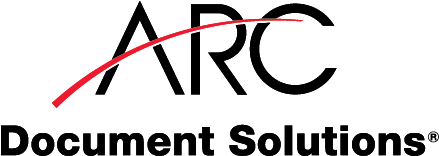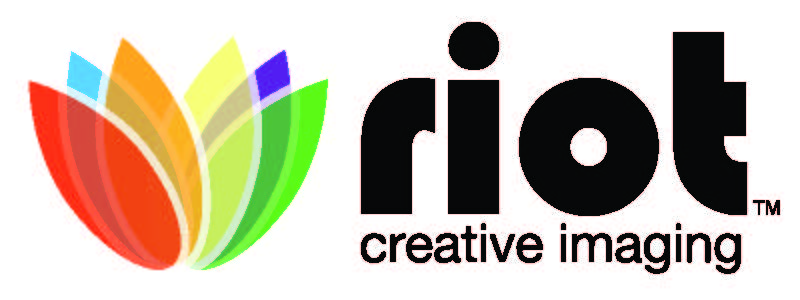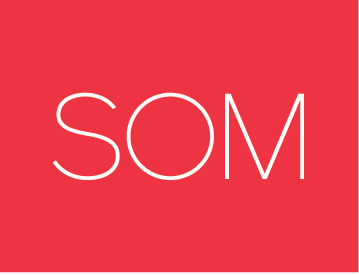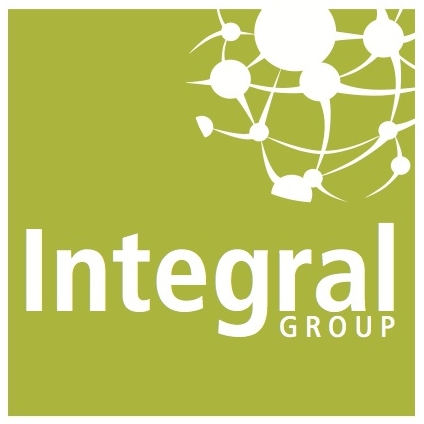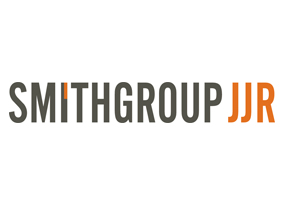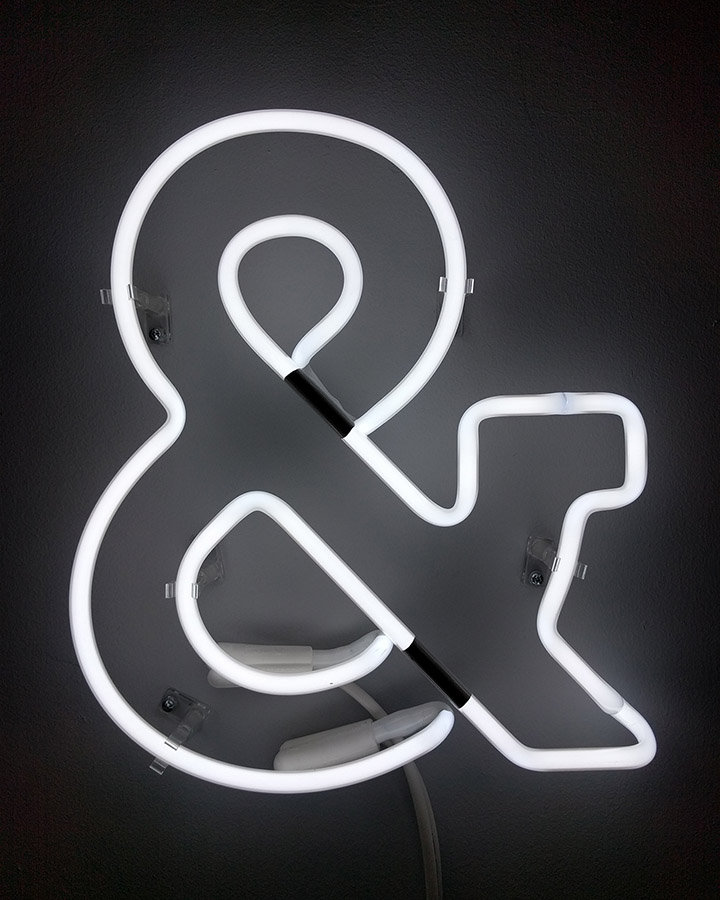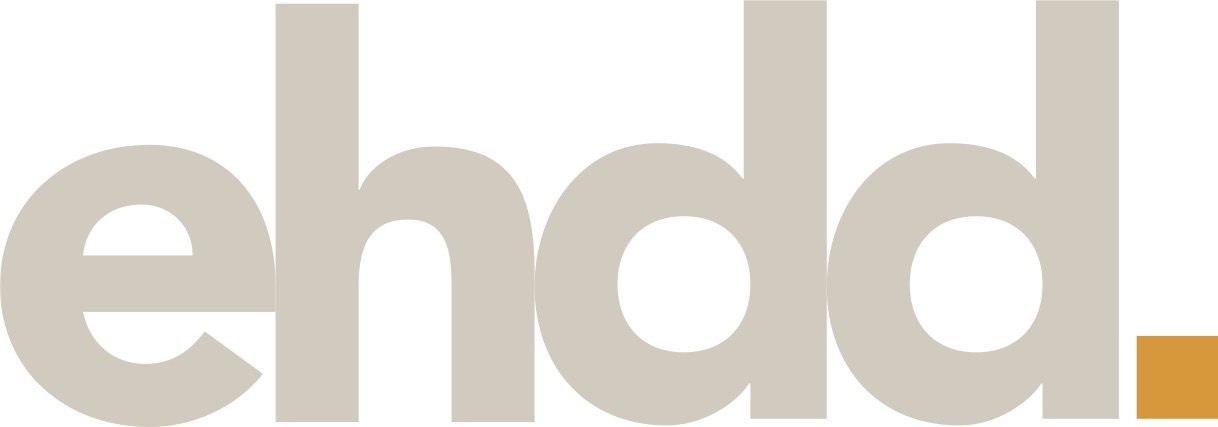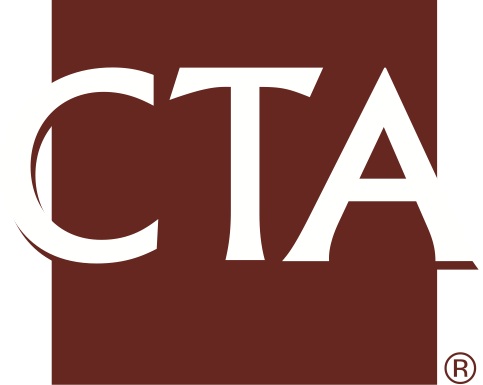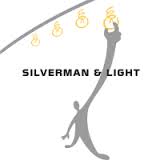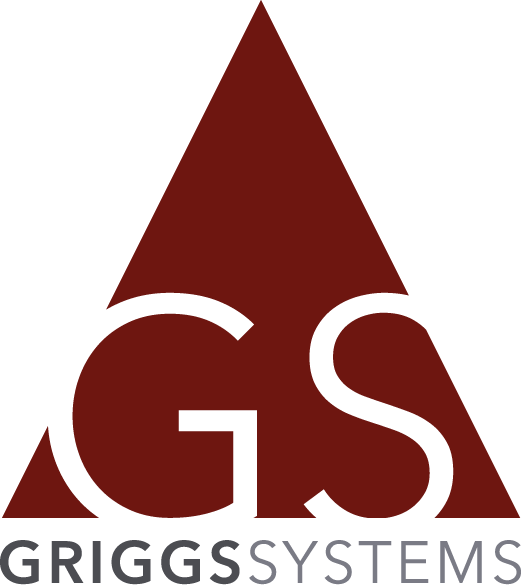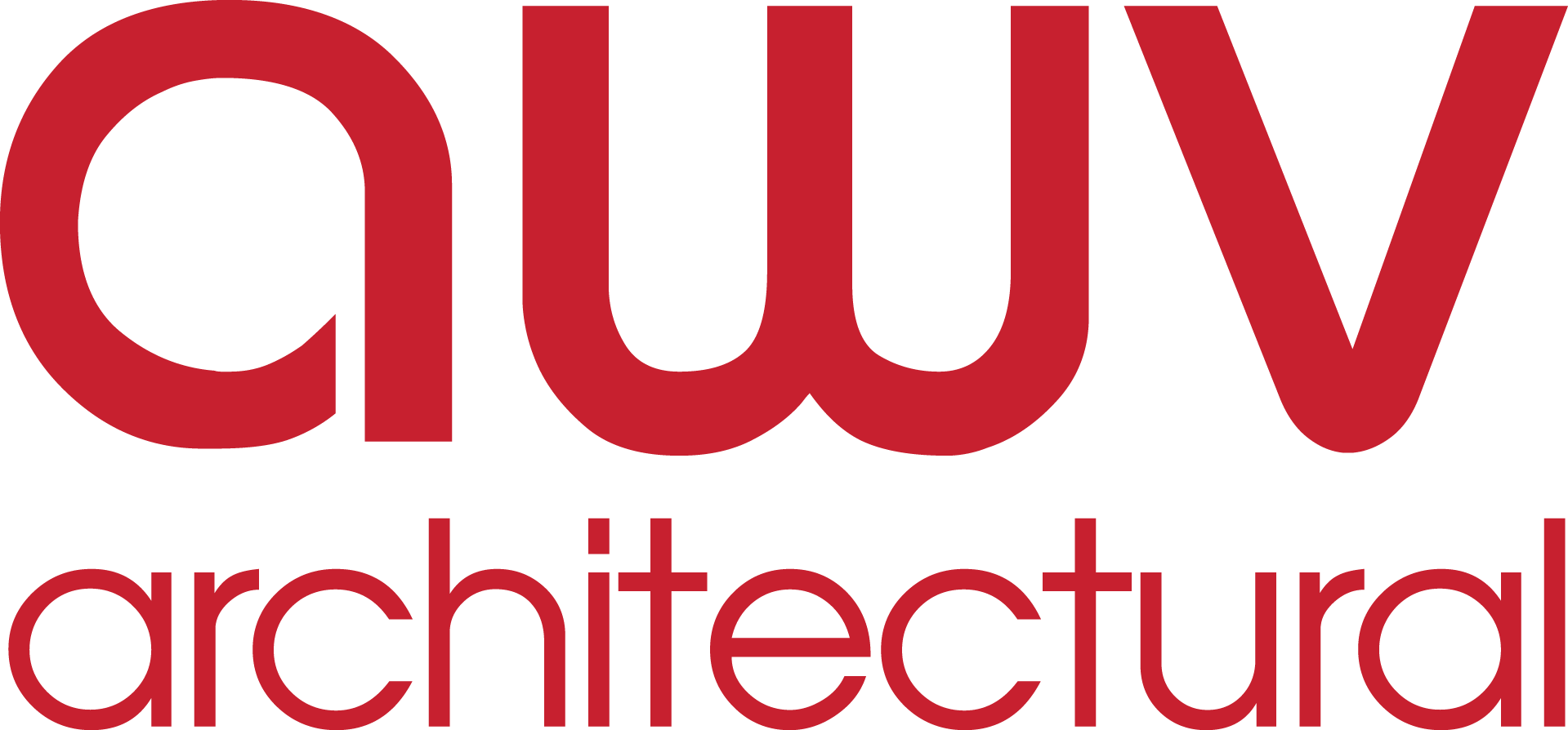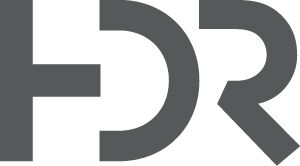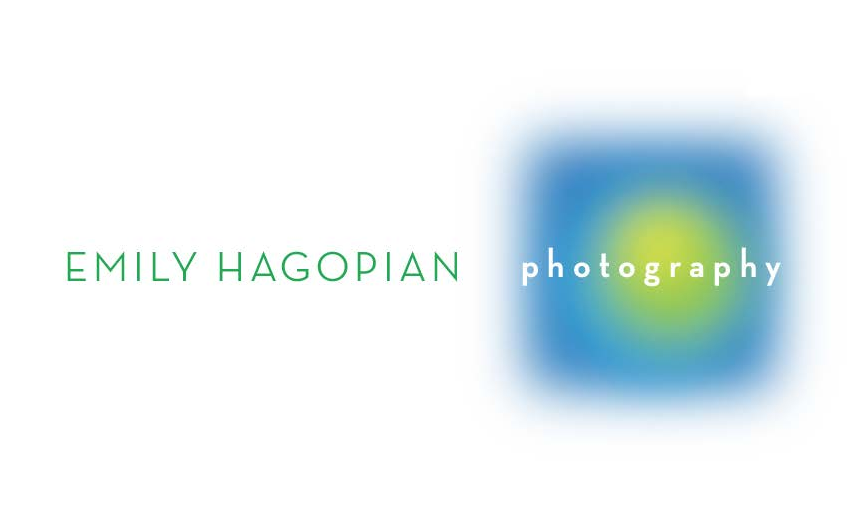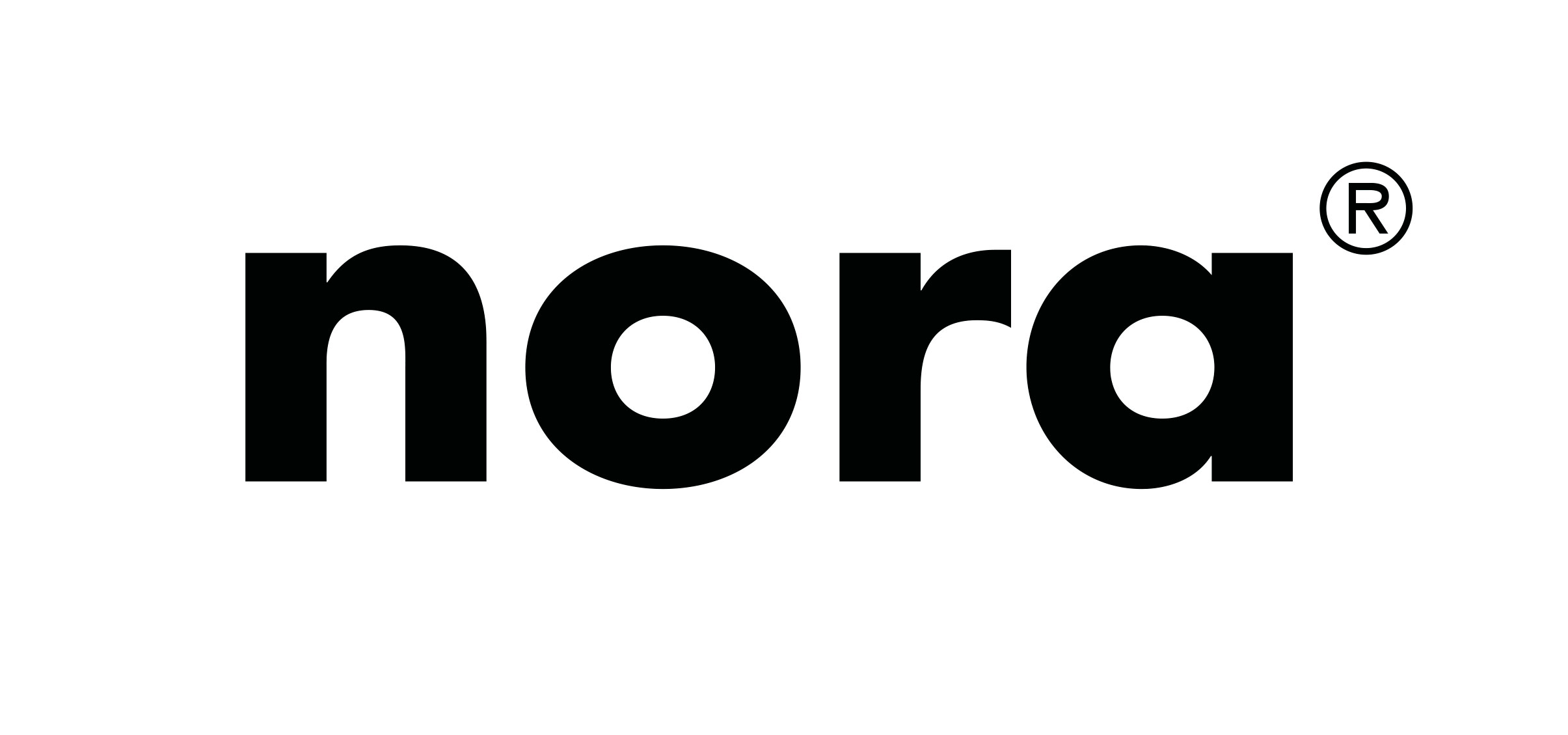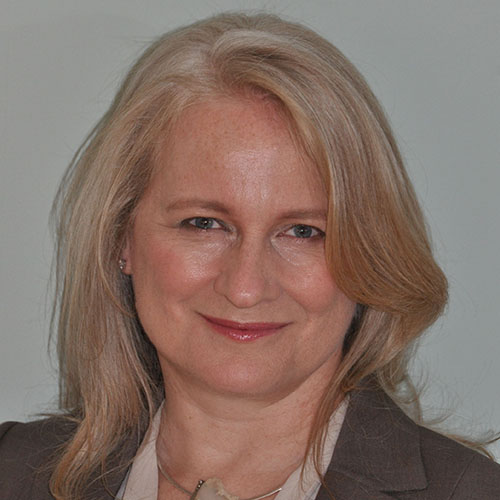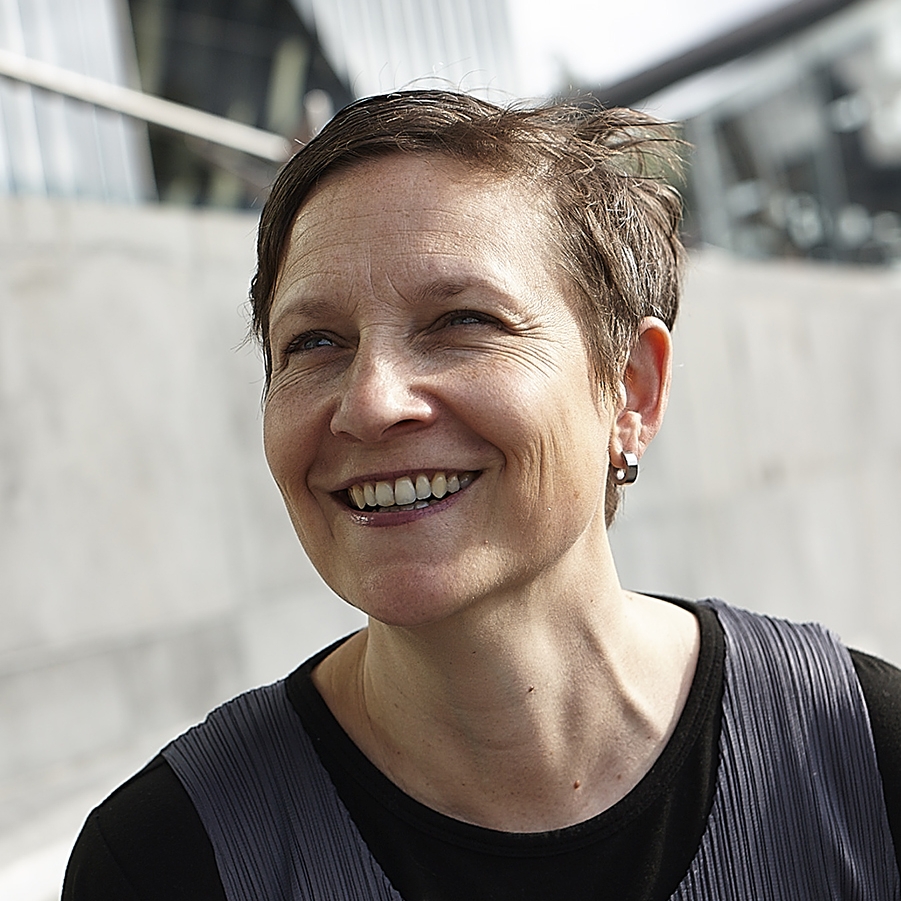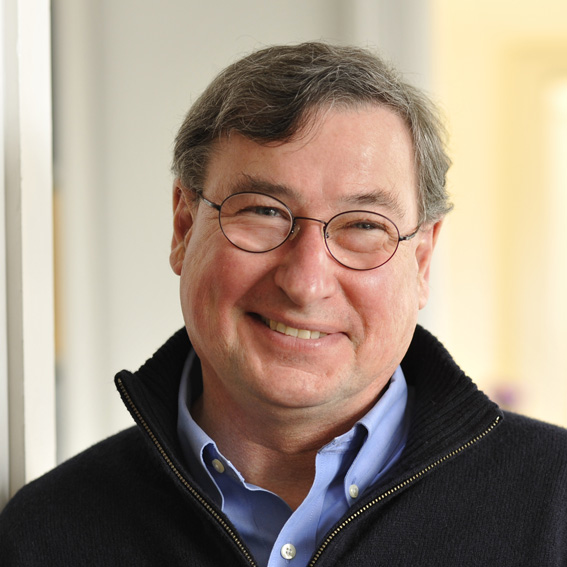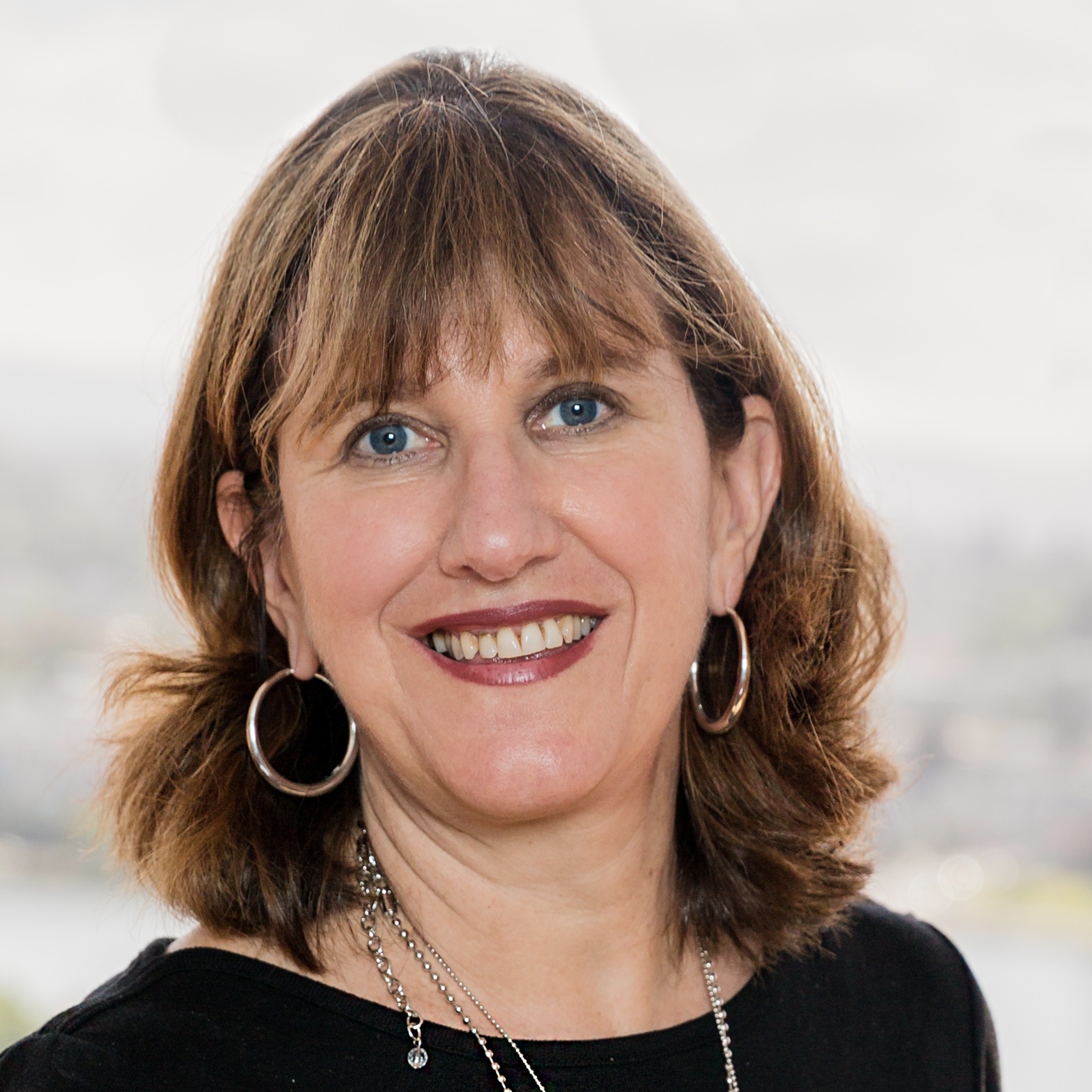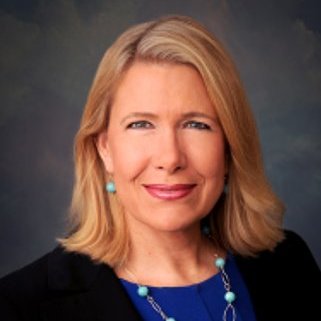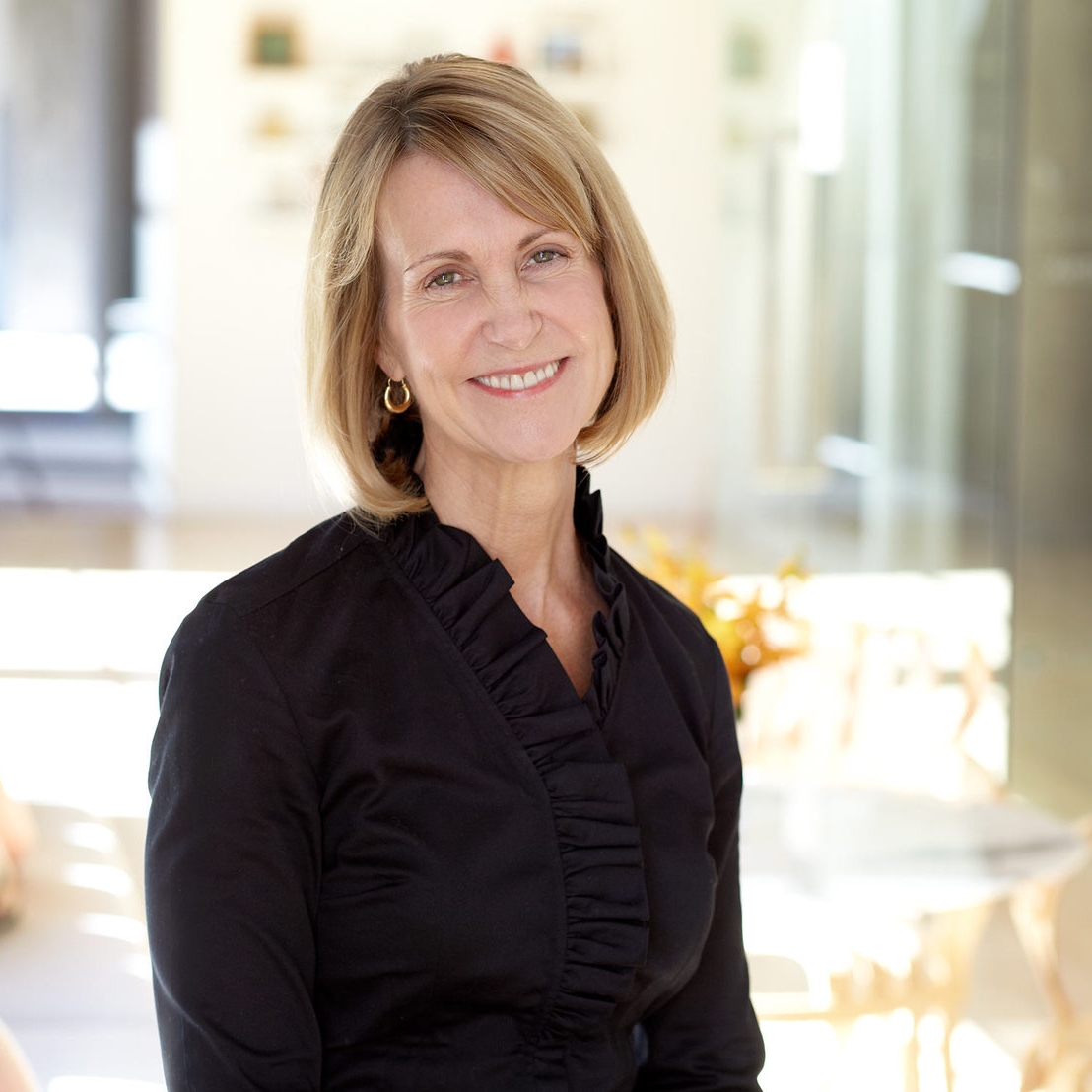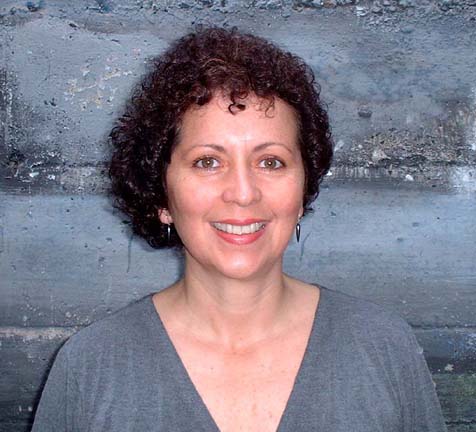With a few short weeks until AIASF's 4th Symposium — Equity by Design: Metrics, Meaning & Matrices, EQxD Blog will be featuring "behind the scenes" interviews with the facilitators of the Symposium Break Out Sessions for Career Dynamics and Pinch Points. Neelanjana Sen, AIA shares her insights on working with the Thought Leaders to shape this Career Dynamics session.
Being a Change Agent — Tools, Techniques and Scalability
#EQxDChangeAgent
How do the industry’s most influential change agents move from identifying a problem to making a lasting impact? Workshop participants will be invited to learn from the experiences of thought leaders who have shifted the status quo in their firms, academia, and the national architectural community. These leaders will guide participants through tools and techniques while offering them an opportunity to put those skills into practice in a hands-on workshop. Attendees will understand how to: frame a problem, engage others to find solutions and leverage ideas to implement change.
Why were you interested in being a facilitator?
Neelanjana Sen, AIA
I was interested for two main reasons. I am navigating my career and finding ways of implementing change along the way — filling in gaps I see in the workplace and the profession in general. Also, having an opportunity to be immersed in the ideation process was something I was looking forward to. This immersion helps new ideas flow, and you benefit from in-depth learning about how others around you have navigated their careers and gone beyond to impact their professions in a positive way.
The second reason for me being a facilitator is to interact with a fantastic set of professionals. I came out of the last symposium energized, and the next instinctive thing for me to do was to be more involved!
How have the Equity pinch points and/or dynamics informed your session?
The session I am facilitating is about being a change agent. Thought leaders in this session have contributed tremendously in shifting the status quo in various equity pinch points. The survey results emphasize the need to continue this work at a more grassroots level. Imagine each attendee of this session being equipped to bring change in the dysfunctions they know or have identified in the session…. that can ultimately change the pinch points we see in the survey results.
Are there any a-ha’s that emerged from the process of working with your team.
For me, it was interesting to realize that whether you are implementing change in your early career or trying to peek beyond the glass ceiling, we need the ability to scale the problem and take it from its nascent phase to full completion. Once we identify specific tools and techniques for this scalability, this mindset can be implemented in any circumstance we come across in our career and life.
Check out all the #EQxDM3 Break-Out Sessions Here
AIASF Equity by Design Symposium Sponsors
Special thanks to our amazing sponsors for their dedication and support. We look forward to seeing you there!









